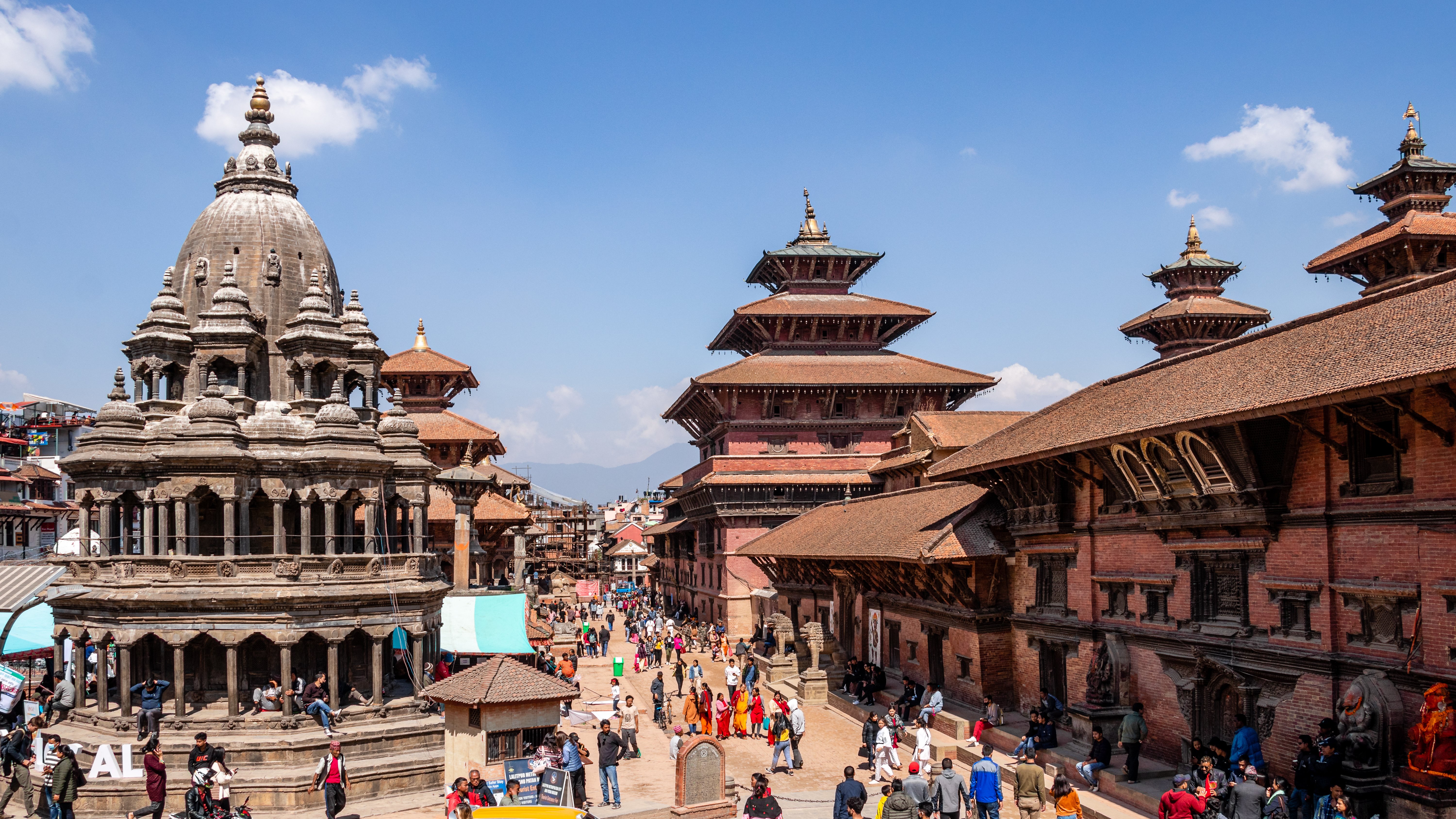🇳🇵map Nepal [Overview]

Nepal, known locally as Nepāl in Nepali, sits between India and the Tibet Autonomous Region of China, stretching from the subtropical Terai plains to the high Himalaya where Mount Everest rises above everything. The country is a patchwork of steep valleys, fast rivers, and terraced hillsides that shape daily life and travel alike. Its population is large and youthful by global standards, and city growth—especially around Kathmandu, Patan, and Bhaktapur—has been rapid in recent decades. Many travelers are surprised to find just how dramatically the landscape changes within a day’s drive, from misty rhododendron forests to windswept mountain deserts.
Kathmandu Valley remains the cultural heart, with living temples and courtyards where Newar artisans still carve wood and cast bronze. The country’s history ties together Indo-Aryan and Tibeto-Mongolian influences, and that blend appears in everything from food to architecture. Despite modernization, village rhythms endure: families gathering for dal bhat in the late morning and evening, and markets coming alive at dawn. Outside the cities, you’ll still see traditional homes of mud brick and thatch, and in hill towns, multi-story brick houses with beautifully carved windows.
Economy
Most people in Nepal work in agriculture or related activities, and you’ll see it everywhere—terraced fields of rice, corn, and millet stepping up hillsides, and village life organized around planting and harvest. Services have grown quickly, powered by tourism, education, and small businesses, while hydropower potential and mineral resources are long-term opportunities still being developed. The country’s rivers feed major watersheds and its forests and mountain ecosystems are key assets, though conservation and sustainable use remain constant balancing acts.
Nepal is deeply connected to the world by people as much as by infrastructure. Millions of Nepalis work abroad and send remittances home, making migration a major economic lifeline. Kathmandu’s international airport is the primary air gateway, and cross-border trade with India forms the backbone of imports and exports. Nepal is active in regional forums and development partnerships, and you’ll notice the footprint of international NGOs in health, education, and rural development projects. For expatriates and digital nomads, that means a wide circle of global connections alongside a very local, community-first business culture.
Culture
Nepali is the national language and widely understood, while many communities speak their own languages at home, including Newar in the valley and Tibeto-Burman languages in the hills and mountains. The population reflects many ethnic groups—Indo-Aryan communities in the mid-hills and plains, and Tibeto-Mongolian heritage across the highlands—creating a mosaic that shows up in food, dress, and festivals. Historically, Hindu kingdoms coexisted with Buddhist traditions, and later rulers drew architectural inspiration from both South Asia and Europe; stroll through Patan Durbar Square and you’ll see layers of this story in brick, wood, and stone.
People take pride in craft, music, and ritual. Religion is primarily Hindu and Buddhist, often blending in everyday practice—shrines to Vishnu and Buddha can share the same street. Major festivals shape the calendar: Dashain brings family reunions and animal blessings; Tihar lights up homes with candles and marigolds; Holi splashes color across the streets; and Buddha Jayanti draws pilgrims to sacred sites. In the city, you’ll find a growing interest in tech meetups, coffee culture, and outdoor sports, while in the countryside, life still orbits fields, livestock, and temple courtyards.
Raj
Raj is a technology consultant and global mobility specialist originally from Bangalore, India,
with over 14 years of experience in the tech industry and international talent relocation. Having
worked for major technology companies including Infosys, Wipro, and leading global tech firms,
Raj has extensive experience facilitating the relocation of Indian IT professionals to key markets
including Australia, Mauritius, and other Commonwealth nations. His expertise spans both the
technical aspects of skilled worker visa programs and the cultural nuances of adapting to new
markets, particularly for professionals in the technology sector.
Published: 2025-09-08